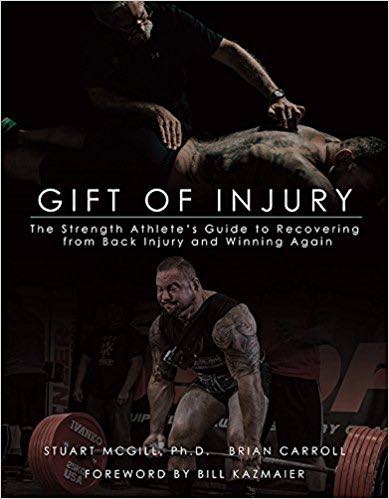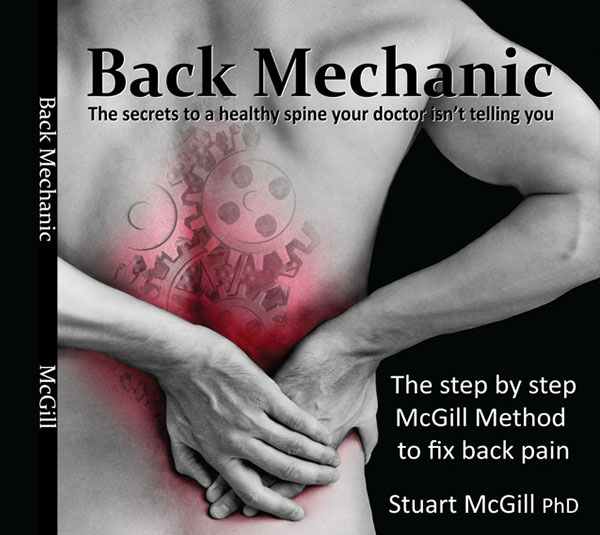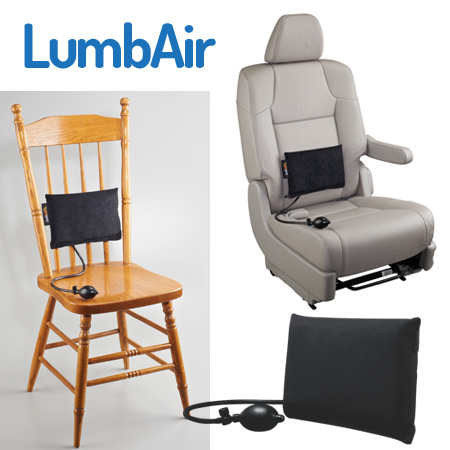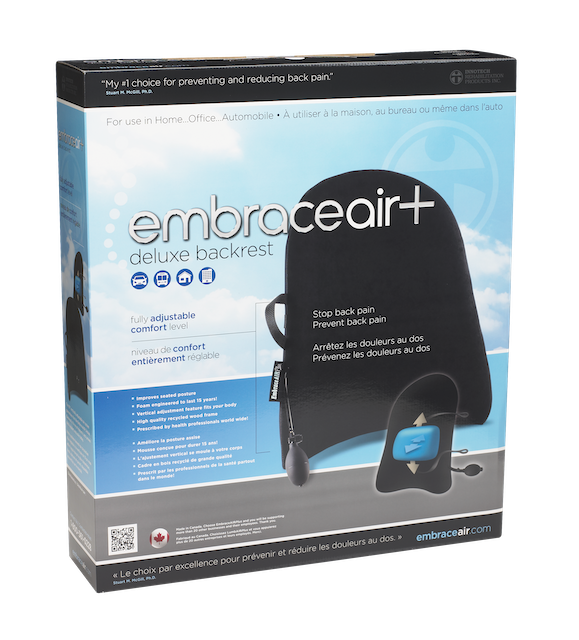01 Oct Does Your MRI Tell the Whole Story?
Article Rundown
- MRIs are only snapshots — they show part of the picture but don’t reveal movement-based pain triggers.
- Disc bulges don’t always equal pain — about 50% of people with bulges live symptom-free.
- Assessment matters more than images — posture, load, and movement testing reveal the real pain drivers.
- You are not your MRI — a bad scan doesn’t doom you, and a clean scan doesn’t guarantee you’re pain-free.
Does Your MRI Tell the Whole Story?
I get this question all the time: “Does my MRI explain everything about my back pain?” The truth is simple, but not always what people want to hear: you don’t treat the MRI — you treat the person.
An MRI is just a snapshot. It’s a piece of the puzzle, but it doesn’t tell the whole story of what’s happening in your spine. I’ve seen spines on film that look like total train wrecks — the kind of image that would make you think the person should be in a wheelchair. Yet with the right adjustments, some patience, and desensitizing strategies, those same people return to living full lives: golfing, biking, lifting, you name it.
Why? Because many of the so-called “horrible findings” on MRI are nothing more than old scars. They’re not active wounds anymore, and they’re not the pain triggers.
Disc Bulges: Not Always the Villain
Here’s a fact that surprises people: roughly 50% of people walking around with disc bulges on MRI have zero pain. They don’t know they have a disc bulge until they get an image for something else. Their back might feel stiff now and then, but they’re living normal, active lives.
On the other hand, the other 50% — the people who do have pain — need something different. That’s why we don’t just look at the MRI and call it a day. We perform a real assessment: provocative testing, posture checks, loading strategies, and movement screens to see what sparks the pain and what calms it down. Then we build a plan around those findings.
Why the MRI Can Be Misleading
Disc injuries are often dynamic — meaning they change with movement, posture, and load. Lying flat on your back inside an MRI tube might show a small, “unremarkable” bulge. But as soon as you bend forward, twist, or load the spine, that same disc can flare up into a painful herniation.
This is why the assessment matters so much. Most doctors don’t test movement, don’t check posture, and don’t coach. Too often they just read the radiology report and tell you you’re fine, or worse — that you’re screwed. Both answers can be dead wrong if nobody takes the time to look at how you actually move and live.
Scars, Inflammation, and Active Pain
Another layer to this puzzle is understanding what’s “lit up” on the MRI. Old injuries often look gnarly but aren’t causing pain anymore. What we’re more concerned about are hyper-intense areas on a T2 MRI — spots that show water, edema, and inflammation. These are the newer injuries, the ones that can trigger pain, change posture, and shut you down for weeks.
But even here, the picture still isn’t enough. Without assessment — looking at how you sit, stand, walk, bend, and load your spine — we’d miss the real story behind those bright white spots.
Surgery Is Not the First Answer
Too many people are rushed into surgery just because their MRI looks bad. But the data is clear: unless you’re dealing with red-flag symptoms like unrelenting leg pain, bowel/bladder issues, or cauda equina syndrome, surgery is rarely the first line of defense.
In fact, some of the largest disc herniations I’ve seen on MRI end up shrinking or being reabsorbed by the body over time. The person goes from crippled with pain to symptom-free without ever going under the knife. Again, the MRI alone didn’t tell that story — their body and movement did.
The Bottom Line: You Are Not Your MRI
Your disc bulge matters. Your MRI matters. But neither tells the whole story without an assessment. The key is identifying your pain triggers, winding them down, and then gradually rebuilding your pain-free capacity.
Don’t let a doctor dismiss your pain because your MRI looks clean, and don’t let another one scare you into thinking your life is over because the images look bad. You are not your MRI. With the right strategy, you can regain control and get back to living your life.
Final Thoughts
If this resonates with you and you’re struggling with back pain, I work with people both virtually and in person through PowerRackStrength.com. Whether it’s understanding your MRI, breaking down your movement, or building a plan to get you back under the bar, the key is always the same: don’t treat the picture — treat the person.










Sorry, the comment form is closed at this time.